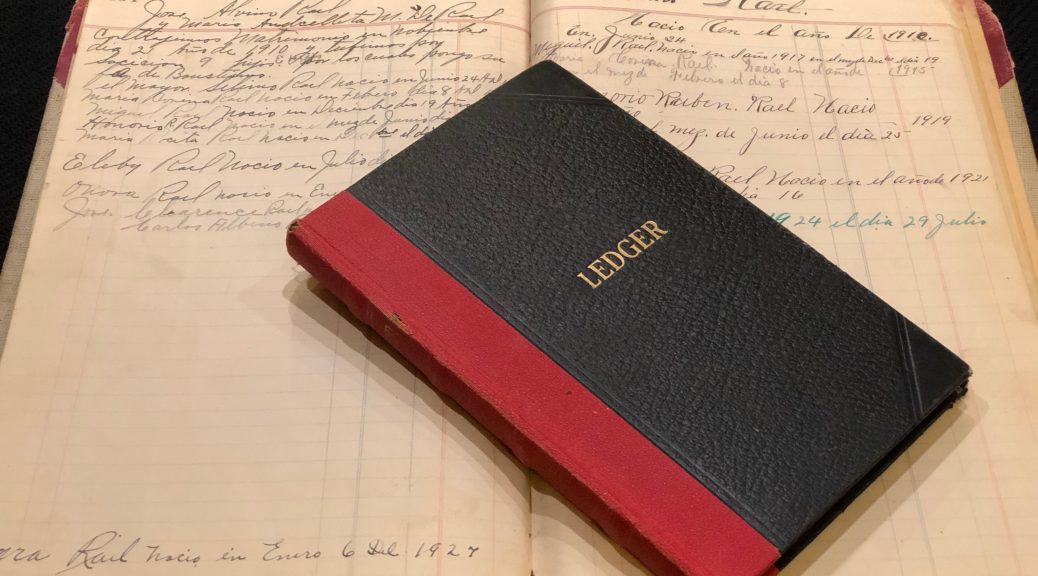
The Director’s Journal
The Manitos Community Memory Project was recently launched with this ‘Digital Resolana’ serving as a way to generate an interest in the community toward developing a community archive. The blog also serves to document the process and progress of the overall project. In this thread, my own goal as the director of the project will be to use this space to journal short reflections about the project sharing my thoughts about the project, words, ideas, people and places.
March 9, 2020 – Last Will of Juan Manuel Gabaldón
In July 14, 1745, Juan Manuel Gabaldón drew up his last will and testament in Santa Fe, New Mexico. He was the son of Antonio Gabaldón and Michaela de Córdova and was born in the City of Los Angeles in what was then a province of Puebla, Mexico. Along with his spouse, Antonia Juliana Archibeque, he is the ancestor of many manitos. In the six pages in this will he identifies properties and items in his possession, including a dwelling of 15 rooms, farming land, 29 mules, two leather jackets, a fancy embossed stirrup and my favorite– 40 fanegas of piñon.
February 28, 2020 – Mapping Settlement in Time and Colorado’s San Luis Valley
In 1934, Charles Gibson was engaged as agent of the U.S. Civil Works Administration (CWA)– to conduct interviews for the State Historical Society of Colorado. In the process, he created these maps of the Valley and their settlements focused based on the knowledge shared with him by residents. He created three separate maps, one of 1855, 1870, and 1880.
September 21 – Los Numeros de Alamas
1820 Census of Barrios of San Francisco and San Miguel – in Santa Fe. Estado que manifeista el numero de almas que tienen los barrrios de San Francisco y San Miguel con expresion de casados y edades. As we think about the presence of people in our city, census records leave a particular type of imprint. In this record, dated November 12, 1820, two of the primary barrios of Santa Fe are noted, San Francisco and San Miguel. According to the enumeration, there were 1,171 individuals living in these barrios at that time. Of those, there were 542 males and 629 females. 704 were single, 392 were married and 83 widowed. (Statistical census of the barrios of San Francisco and San Miguel, Santa Fe, New Mexico. Noviembre 12, 1820. In the Benjamin M. Read collection, State Records Center and Archives.)
August 2 – Versitos Caminantes
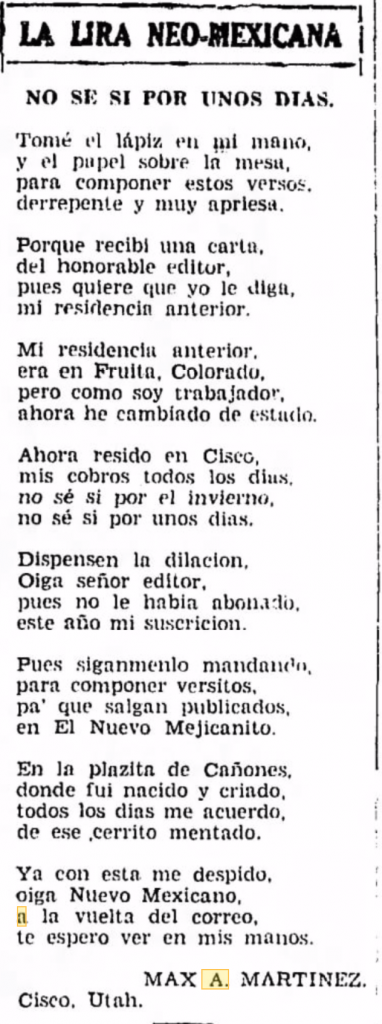
I stumbled upon these versitos recently, words strung together in verse and published in Santa Fe’s El Nuevo Mexicano on May 31, 1934 by Max A. Martinez.This poet reveals in his verse the migrations that he has taken, first noting that he was born in Cañones. After that he writes that his previous residence was Fruita, Colorado, but that at the time he is writing, he is living in Cisco, Utah. These wonderful examples reveal the counter to the stereotype of a people who do not read and write. From the very first three lines, the author notes, I took the pencil in my hand and the paper upon the table to compose these verses.” It is also not enough to simply write the verses, but to ensure that they get published in the the paper. If anyone knows who Max A. Martinez is, please contact us.
July 7th – Finding Ancestral Sites
This weekend, I took my parents to attend the Costilla-Amalia Reunion, which was one of the most amazing gatherings of community I have been able to witness and participate in. We were also able to stay at the home that was once owned by my great uncle, Carlos Martinez in Cerro, New Mexico. Stepping into the old part of the house, a flood of childhood memories came to me. The evening we arrived, the sky was magnificent in Cerro and I joined primo David Cisneros in feeding the goats, but he wanted to show me the site where my great Grandma Dulcinea first lived when she married Papa Delfino. On Sunday, before we left, I asked my dad to walk with me back to the site. I was taken by thinking of this site in a way that I never had; in a way, since my great grandmother had lived so many places, including in Pueblo, CO, when I was able to know her. That day, when I paused to recognize the beauty of the site, I also realized that it was where my paternal grandma Idela was born and raised. I tried to imagine her as a little girl in this setting, with the mountains all around her, right next to the running water of the acequia. My dad talked about his own childhood memories, playing in the acequia with the Gomezes and visiting as a young boy here with his grandma.
June 30th – Pride Pioneers
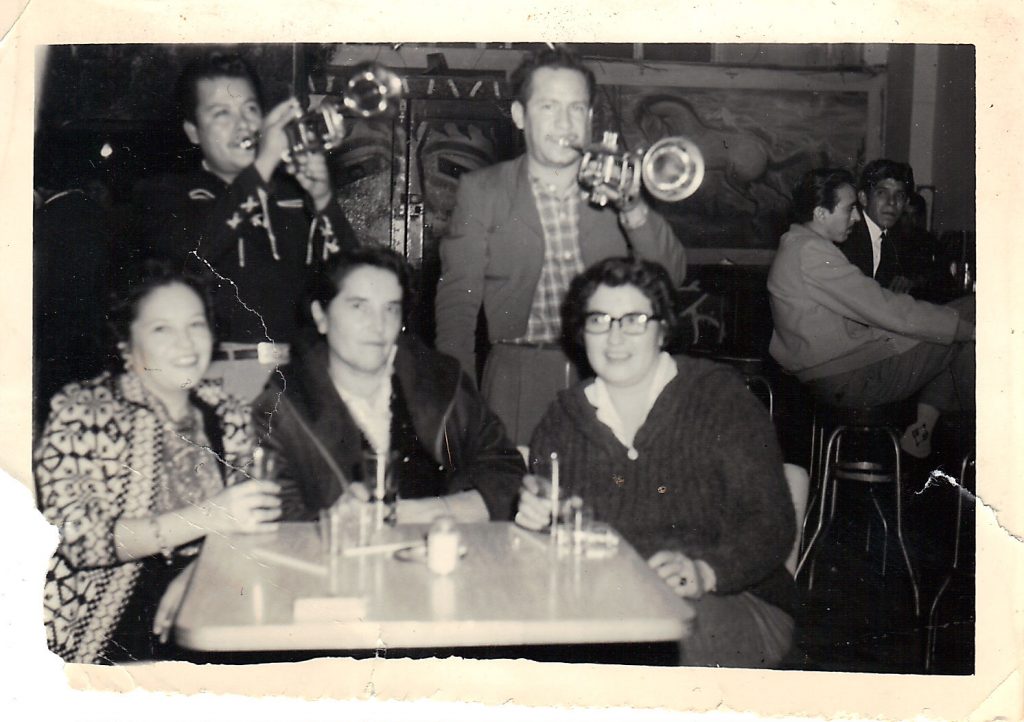
Margaret “Dollie” Gabaldon Smith (1931- and Amelia Rodriguez.Dollie was the daughter of Tillie Gabaldon and Eddie Smith. She and Amelia were both born and raised in Santa Fe, New Mexico. Dollie worked at Robert E. McKees Contractor in 1954 and Amelia at Los Alamos National Labs. The couple moved to Santa Monica, California in 1966 where Dollie got a job at Lear Siegler Inc., in the Astronics Division where she worked until 1972. Later she joined Siemens U.S.A. in the San Francisco Bay Area. Amelia passed first and though heartbroken, Dollie continued to live in their home in Pleasanton, Ca. until her passing. As part of Pride month, it is important to recognize that there were pioneers in the LGBTQ community who were manitas who blazed a trail. These two amazing women lived their life, proud of who they were in every way, including their life-long love for each oth
June 28th – Memory and Shoes
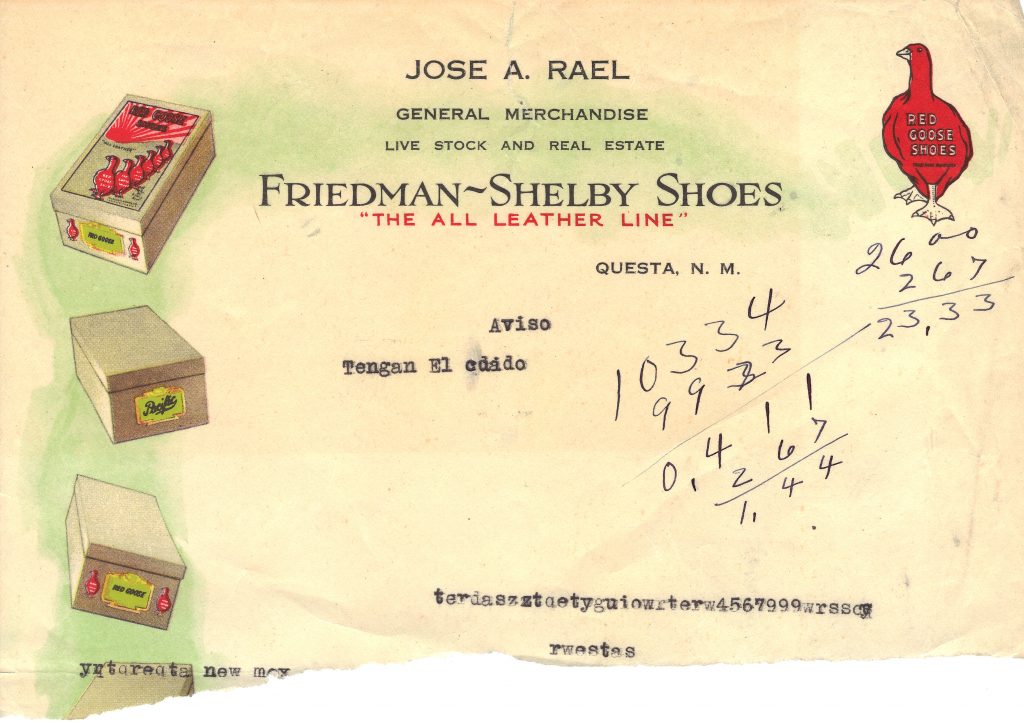
I visited with my mom yesterday and we were sharing stories. A neighbor had given her a bucket full of apricots and she was peeling them. As her hands worked, I asked her about Papa’s Sala, the business that was run by my grandfather, a Center that housed a grocery, was a hall that was used for dances, receptions and was the first place that people in the village saw movies for the first time. I told her that was working on gathering memories about the Sala, working with a student from New Mexico Highlands University who was developing a virtual experience of the site. At one point, she looked up from the apricots all around her, looking right through me, as if she were recalling an image from a deep recess of memory. “I was a little girl and I remember walking into the big store. I remember right in front of me an enormous wall, with rows and rows of shoes in boxes. I could not imagine that there could ever be that many shoes in the world.” Today, as I was leafing through some of my the archives I have of the sala, I found this delicate piece of paper that is basically a type of letterhead. It reflects the business of “general merchandise” noting some interesting tangibles, like livestock and real estate, which to my knowledge was not what he was doing. But what is also evident is that the “stationary” if that is what it is, is an advertisement for the shoe wholesaler. When my mom said, she could remember rows and rows of boxes of shoes, and then when I saw these little graphic depictions of boxes, I smiled. We have two other clues here for those two shoes: Friedman-Shelby Shoes. In some quick internet research about Friedman-Shelby Shoes, I note that it was the company that eventually becomes Florsheim Shoe Company. It opened in 1908 in Missouri. According to some of that research, between 1900 and 1922, St. Louis evolved from a distribution center for eastern-made shoes to the nation’s foremost center of shoe manufacturing. Within this period, the International Shoe Company was formed, as several local companies, including Friedman Shelby, merged together to create the largest single shoe manufacturer in the country.
April 25th – Una Visita – Art and Identity
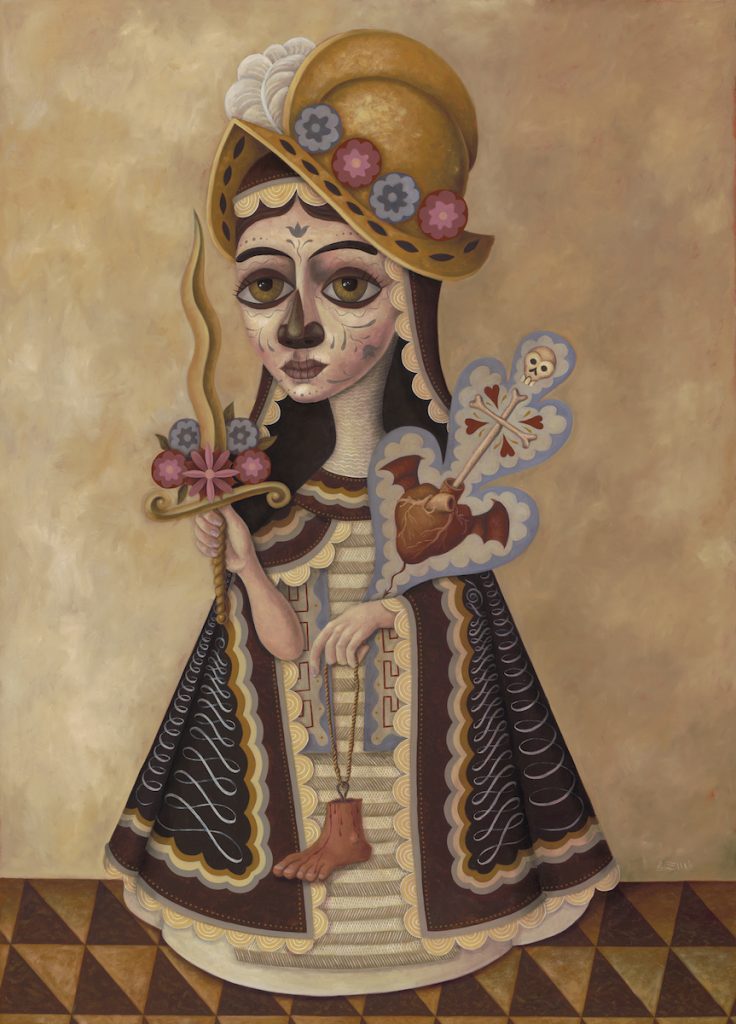
La Conquistadora 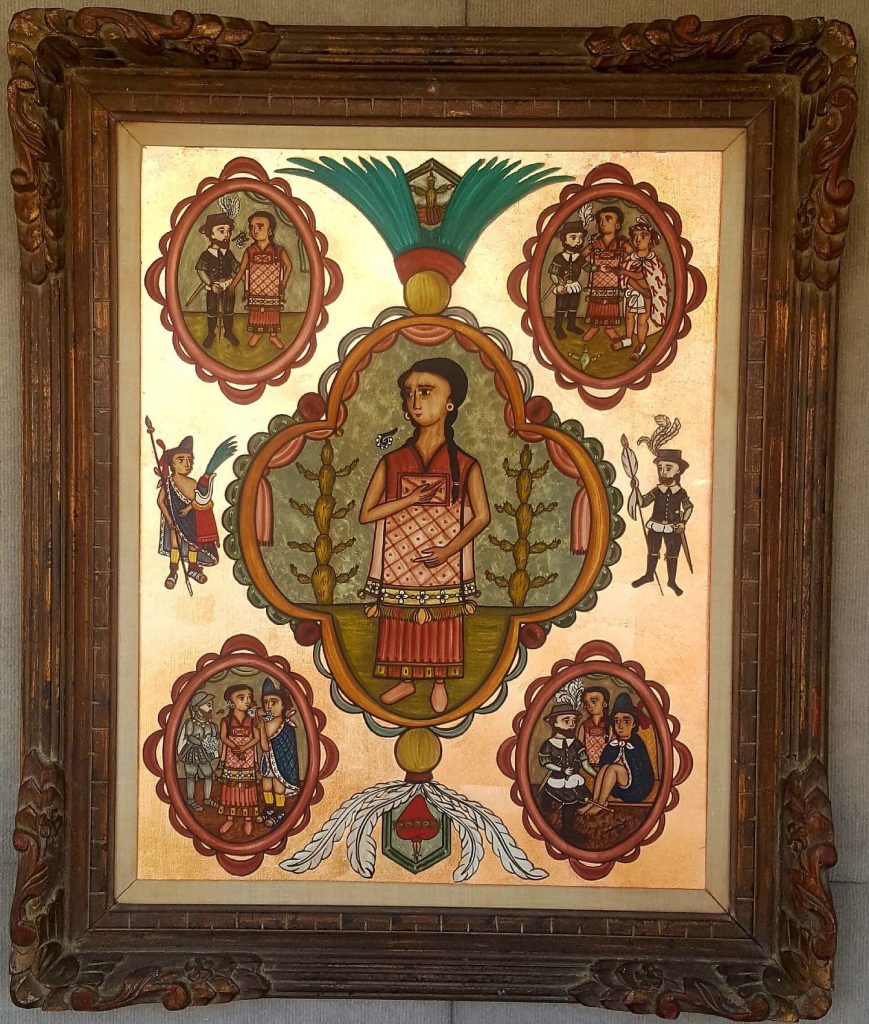
La Malinche
Today, I had the privilege to visit with two remarkable young artists, Brandon Maldonado and Vicente Telles. It reminded me of the visitas en la resolana with family and friends that were common back in the village. The purpose of those visits was simply to begin, deepen and extend conversations. In some cases, it was to develop or expand connections. All of this was true today as Brandon and Vicente and I sat and began a conversation. We talked about their surnames, Maldonado and Telles; about the profound power of myth to replace fact and history; and about what inspires us as creatives; about what it means to utilize the narratives of the past, to add to them or subvert them. We talked about the complexity of identity, about what it means to exist at the intersections and borders. I have always believed in the power of art to counter and complement and the work of these two artists reveals all of these issues and more. I have a feeling that this was the beginning of some future collaborations. BrandonMaldonado and VicenteTelles
March 23rd – Awakening Spring
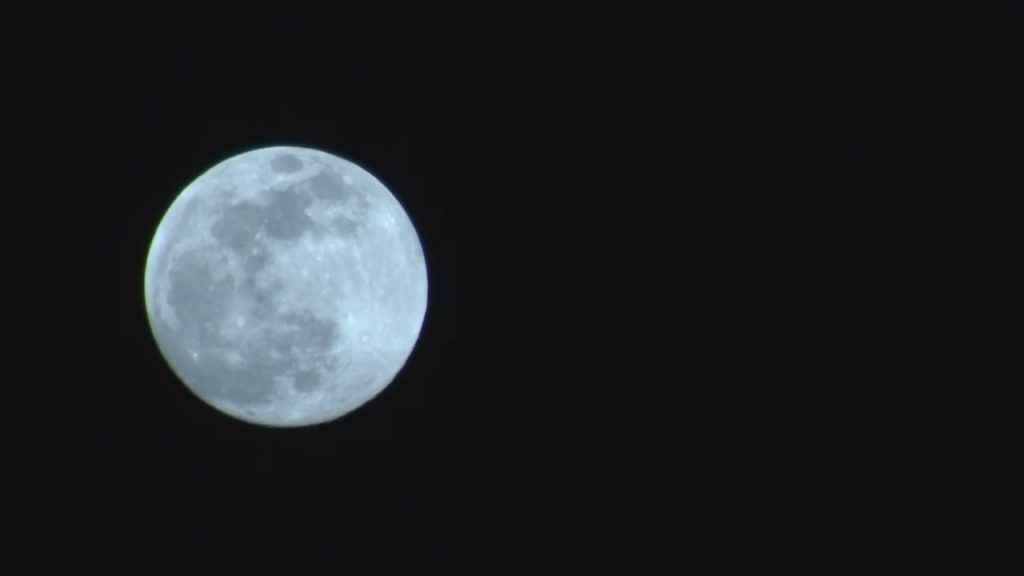
I am inspired by the particular moment that is before us. A few of days ago we celebrated the vernal equinox, which commemorates an amazing equilibrium between day and night and a moment in which many cultures celebrate awakening, renewal and rebirth. The shift in light and dark and its balance is a reminder about how memory, knowledge and story are so important in any transition, renewal, or rebirth. Storytelling is also about recognizing and pulling back the layers, and I am reminded that in Spanish, ‘to-remember’ is recordar, which reflects an active awakening, which is from the Latin, recordis, to pass back through our heart and mind, all in an effort to make whole. Awakening the past for the present moment we live in is precisely what this project is about.
March 16th
Bone Memory: There is such a long history in New Mexico of placing Spain in a central hierarchy of a singular sense of origin, all at the expense and erasure of other roots, including Indigenous and African. For decades, my research and writing have moved against the grain of this mythology and worked to reclaim and recover the hidden histories. But Spain is indeed, part of this origin story and is a region that reveals centuries of convergence and complexity. DNA research in the Iberian Peninsula has begun to reveal this complexity, where the research shows a dense record and genetic profile unlike most places. A History of the Iberian Peninsula, as Told by Its Skeletons, an article in the New York Times this week, tells this story more completely.
March 15th
Complex Equation of Identity: I went to an event at the Santa Fe Art Institute this evening and one of the presenters mentioned that he was 15th generation New Mexican. Anymore it is not necessarily odd to hear this type of articulation, though I have grown increasingly more interested and concerned with how it gets used. On the one hand, I understand the rationale. For a community that has lost a sense of place because of imperialism, it allows someone to make a deep connection to place, ancestrally and to counter a sense of displacement. Over the years, as I have completed work on the complexity of Indo-Hispano ancestry, however, I have come to realize how static and limiting this articulation of place and identity actually is. In reality, a tree is fairly complex. At the 10th generation, which more or less takes us to the late 1600s to mid 1700s, we descend from 512 individuals, at least at the biological level, equally. As the generation increases, so do the number of ancestors, as follows: 11 (1024); 12 (2048); 13 (4096); 14 (8,192); 15 (16,384); 16 (32,768); 17 (65,536); 18 (131,072); 19 (262,144); 20; (524,288). I suspect that when someone articulates this generational connection, they are only following a single patriarch and not the multiple lines that can be traced. Imagine what it would mean to acknowledge the lives of 16,384 individuals at the 15th generation, everyone of their lives defining a certain trajectory, rootedness and sense of identity and belonging. In New Mexico, it was likely that a fair number of those 16,384 individuals would have be Native American, some from various regions of what is known as Mexico today and a some of Peninsular Spain, or having themselves roots in various continents of the world. So, when someone says that they are a 15th generation New Mexican, ask them a story, ask from which line this story emerges, not as a way of interrogating, but of learning more about the complex lines from which they come.
March 14th
Object Stories: In “A Modest Manifesto for Museums,” the astute storyteller, novelist and Nobel Prize recipient from Istanbul, Turkey, Orhan Pamuk has written that “the future of museums is inside our homes,” and that the measure of a museum’s success “should be its capacity to reveal the humanity of individuals.” Although I have had the privilege of working in and with museums over the years, I have come to recognize the truth of Pamuk’s words. As we gather a repository, and develop not only a digital archive, but digital museum, I think of how meaningful each of these objects are in reflecting the stories of who we are, where we have been. Every single room in my own home holds an object that I have inherited, been gifted or acquired over the years. As I look around my office, I am awed by what I find: two red wooden boxes designed and used to hang on pack burros or horses, which were also set up at the sheep camp to be used as a food cabinet made by my great uncle Moises Romero, all used in Amalia; an oiling can my grandmother had for her sewing machine; a sheep wool card that was used by my grandfather with his sheep in Questa; a wooden clock once owned and used by my grandfather in Questa. Each and every one of these items has a story to tell. As the project develops, we hope to gather these images of objects and the stories that they reflect.
March 13th
Architecting Manito Consciousness: Tonight I was thinking of a recently released TED talk done by Ronald Rael, who is a professor of architecture at University of California, Berkeley and a native son of Antonito, Colorado in the San Luis Valley. Like me, he was raised on the land, near the New Mexico and Colorado state line, itself a borderlands. His experience is was not marked by the U.S./Mexican border and yet in this talk, he encourages us to question the efficacy of walls and to think about the sovereignty of context around them and importantly, about the spaces in-between these barriers to the human spirit. Walls, like lines on a map, as he tells us, “create scars in the landscape . . . and scars in our memories.” Encouraging us to rethink them, toward mending the relationships across cultures and countries, his words signal profound truths. Indeed, as these particular walls began to rise up, stories began to be told about who we were, obscuring and erasing entirely the beauty of these complex historic connections. What emerged was a wound and the memories are its scars, historic trauma that has been passed from one generation to the next. What has been and continues to unfold is a national crisis lacking in imagination and given the reality of family separations, a matter of humanity. Professor Rael’s experiences are broad and deep. I am fairly sure that the core values that first shaped him in his youth in the San Luis Valley, have informed this work that remains so pressing to our connections to one another and to the landscape we inhabit. At a deep level, this consciousness of connection, is also the work of memory.
March 12th
Water and Word Protector: Local Taoseña water and word protector, Olivia Romo was featured in the New York Times this weekend. In reading about her and her words, I could not have been more proud. We rise in her commitment to elevating the experiences of rural communities. Olivia was featured since she had participated in the National Cowboy Poetry Gathering in 2017 to screen her poem-film about the acequias. I loved reading the following: “She uses the rhythms and speech patterns of spoken word poetry in a strong mixture of Spanish and English, to speak of familial ties and heritage.” This is certainly a part of what it means to develop an archive, and the focus on the intangible is every bit as an important as the tangible heritage. The creative craft of the poet is part of our legacy, part of what it means to be a Manita. It is no surprise that Olivia works with two things sacred, water and words, treating them as precious, understanding how important each is to nurturing spirit.
March 11th
Brittle, Riddles- Los Adivinanzas: My mother, like her father, sometimes used words and wisdom to impart knowledge. Many manitos are like this; they speak using the language to share it and to encourage learning. I remember how relatives and neighbors in the village spoke in this way, relating societal mores and sharing the power of the spoken word to teach. One part of this tradition included “adivinanzas,” riddles. An example is “Ya ves, ya ves, el que no lo adivine muy tonto es. ¿¿Qué es??” As with this example, the answer to the riddle is carried in the words itself, and in this case, it is a matter, not of the written word, but the word that is pronounced aloud. The answer is Llaves, a key, the type to open a door. This one is well known, but many have been obscured by time and only the work of previous folklorists, like Aurelio Espinosa or Juan B. Rael were instrumental in recording these adivinanzas. In my own archive, I have a tattered book, one that is barely holding on as a book anymore. I have it preserved in mylar, out of the light, but it feels like one of these days, I will find nothing but dust. It belonged to my grandfather. Its title is “Adivinanzas y Chistes” (riddles and jokes). The pages that remain are brittle. I suspect that there are some adivinzas in here that have not yet been recorded. Here is one: Fui yerba, perdi mi ser/ Porque servi de ordinario,/ Y tuve suceso vario; / Volvieronme a deshacer/ Y hoy serve de secretario. There may be a prize for the one that guesses the answer to this riddle first.
March 10th
Our Senses and Memory: Human senses are as ancient as the people who originally perceived them, beheld them, and realized that above all, they were what most made them human. Our senses are also tied to our memories, which means that the sight, smell, touch, taste and sound of something can trigger and transport us, remembering a place, a person or an event. As a memory project, making this connection to the senses is potentially an important element of this project. To this day, for instance, the smell of camphor immediately places me in my grandmother’s home, conjuring a memory of a bottle filled with whisky and camphor, created to sooth the aches and pains of the day. I recently stopped by to visit the the Pachecos, friends who have a small ranch and farm in Jaroso, Colorado. I was curious to see the sheep that my dad had left them. Some were still there and others, Amalio told me were the descendents of sheep originally taken care of by my father and in a different time, even I herded those sheep. There were also goats mixed in with the sheep, which visually conjured a memory that my grandmother’s family were goatherds. The moment I saw these wonderful creatures in the coral, set in the magical context, heard the bleating cries of the recently born lambs, smelled the hay and manure and the sheep themselves, I was a child again in that instant, standing there feeding the lambs with a bottle and herding the sheep from field to field.
March 9th
Musings about Nature and Nuture: Today, I have been thinking of my brother, since it would have been his birthday. In these thoughts and my reflections about this project, I realize how much weight is given to ancestral connections, to how legacy and belonging is so bound for many to biology. Yet, for my brother, he was adopted and those connections were not as easily made. From the stories told by my mom, he was perfectly fine until some child on the playground told him he did not belong, that he was not “from here.” The reality was that we were two children raised, if not born of the parents who did everything they could to love us both equally, even if differently. I remember my mother’s insistence at the insolence or innocence of people, when they would ask, “cual es el tuyo?” “They are both my sons,” she would say noting that adoption was just a word, hoping to shield him for the harm of words. Some would say, “oh, this one looks like a Rael, or Galvez, but he never could because he didn’t. I remember having to step back, though I was younger, to try to understand. Even today, people say, “but he wasn’t really your brother.” We were as different as some siblings come and may not have ever been close, but he was my brother. Just before he died, I offered to find his biological family, since this type of research was becoming more prevalent, but he didn’t want to. I always hoped that it would help him find peace, but he refused. Nature and nurture were two side of a different coin, and though I look back now and recognize the tensions and his inherent struggles, but he was still of the family and community in which he was raised.
March 8th
A University’s Special Collection Archive: One major set of partners for the initiative includes university libraries. During my stay in the San Luis Valley, I decided to visit the Adams State University Nielsen Library. I had done some research into their collections decades previously, but had not visited since. The Circulation Supervisor Ronnie Medina greeted me warmly as if I were stepping into a home. Like many manito encounters, this one began with trying to discern the connections between us and before the morning was done, we learned there were indeed connections since Ronnie was from San Luis.. I was inquiring about material for another project I am working on and indicated that I was simply curious about the ‘special collections’ that might be housed in the Library. When asked about the archives, his eyes lit up the way an archivist who is eager to share a treasure, always has. Although I only had a few moments, we dove it. Among some of these treasures, he was eager to share a few photos that he had scanned of buildings and people in San Luis, Colorado. Specifically, he had scanned items related to the San Luis Institute of Arts and Crafts , an extension of Adams State College campus. He had indicated that he could not read the names on the back of the photos, but he intended to share them with individuals who might know. Recovering the names and stories is as much a part of the work of dedicated librarians like Ronnie as is is for this project and as these photos get shared, we hope to achieve precisely that goal.
March 7th
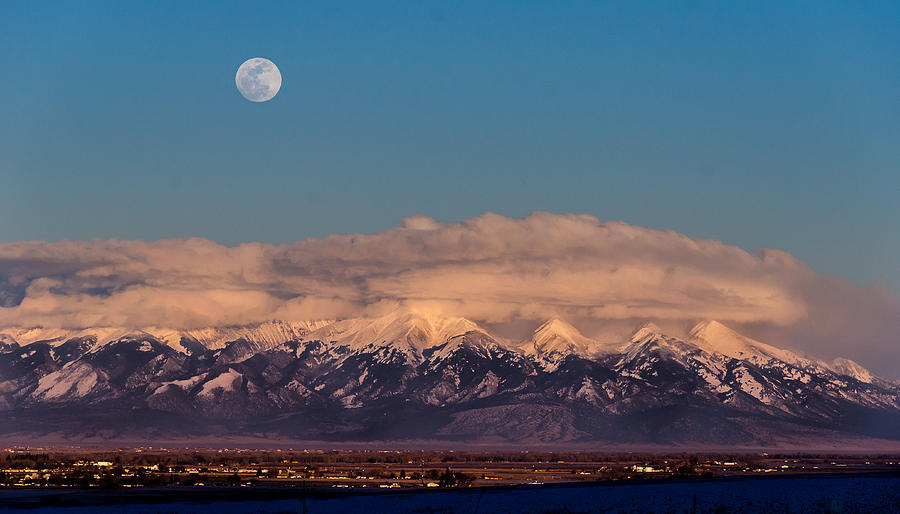
Migration Trails: Today, as I travel from my home in Santa Fe up and through the Valleys of Española and Taos, toward my destination in Colorado’s San Luis Valley, I think of all of the migrations that have taken place over millennia. I want to stop everywhere to listen, though my schedule is limited, so my eyes and memories are nourished instead in the movement of journey. Even in passing through Española, it is clear how deeply imbued the place is by the villages that surround it, San Ildefonso, Chimayo, Santa Clara, Santa Cruz and Ohkay Owingeh and each of the villages that radiate outward from there, a depth of profound relations. I move northward, passing Velarde, once La Joya, the jewel of abundance and in that nourishment of spirit, I enter the canyon, winding along the great river. In seeing it, I recall a memory that was shared with me about the first time I saw it. My mother told me that the first time we traveled this route, even as I was just learning to form words, I was awed by the grandness and said, “mucha agua.” At La Rinconada, I wonder why I have never stopped and wonder what stories are folded in its beauty. I pass Embudo and think of my tocayo Mano Estevan Arellano, knowing he would be proud of this project, building as it does on his own work. Past Pilar, I come to the ridge and as the sky opens, the majestic Taos Mountain reveals itself to the east and on the west, the great depth of the Rio Grande Gorge, a sight that always opens my heart. I whisper as I always have, here, “I am home.” Moving through Taos, from Ranchos past Taos Pueblo, I am reminded of the profundity of my own ancestry. Further north, I acknowledge Arroyo Seco and its sister, Arroyo Hondo. As I pass San Cristobal, I can nearly hear the mandolin of Mano Cleofes Vigil. Through the forest, I finally arrive in my beloved Questa, a town remembered still as San Antonio del Rio Colorado. As I move past this village that largely shaped me, there is Cerro and El Rito and then I come to the village named for the rib-shaped river, Costilla and see my father in my mind’s eyes still watering those fields that know him like no other. I pass the stateline, through Garcia and into San Luis and though I want to stop, I forge ahead, arriving at my meetings at Fort Garland. As the night falls, I think of older migrations, and feel comfort knowing that I will rest tonight in the shadow of Sisnaajini, White Shell Mountain, yet another line of spirit, past and present in who I am.
March 6th
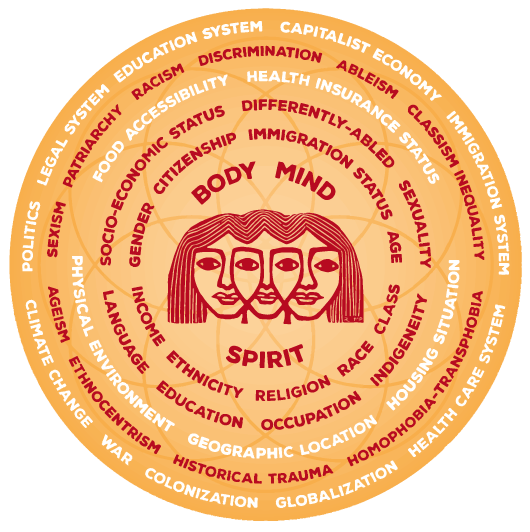
Gender Justice and Healing: The day started with an early breakfast with Santa Fe city Councilor Renee Villarreal, a steadfast advocate for the community and equity across multiple sectors. Councilor Villarreal is also program co-director for NewMexicoWomen.Org, the organization that works to advance opportunities for women and girls across New Mexico. One of my favorite projects was one completed in 2017, a deep strategy focused on Gender Justice and Healing. Identifying historic and ongoing issues of patriarchy, the goal was to begin developing a framework for restoring balance and health. Community dialogues and storytelling were used to define part of this work, culminating in the final report. This effort reminds me that core to the Manitos Community Memory Project is the recognition that harm has come from a variety of factors, including loss of land, language and issues like patriarchy, all of which creates a sense of imbalance. Like the Gender Justice and Healing strategy, the Manitos project places restorative justice as a key imperative and strategy. In this way, recovering the story de las mujeres, de las manitas, is a key part of this work.
March 5th
Visualizing Layers: I have had the opportunity to visit and work in many places, each unique and all layered by the natural and built environment and imbued by the intangible, breath, memory and story. The villages of northern New Mexico and southern Colorado are no different. I learned from my father and my grandmother how important it is to touch this ground, to immerse your hand in its waters and in doing so to learn about its power. It is still important for me to experience places like this.
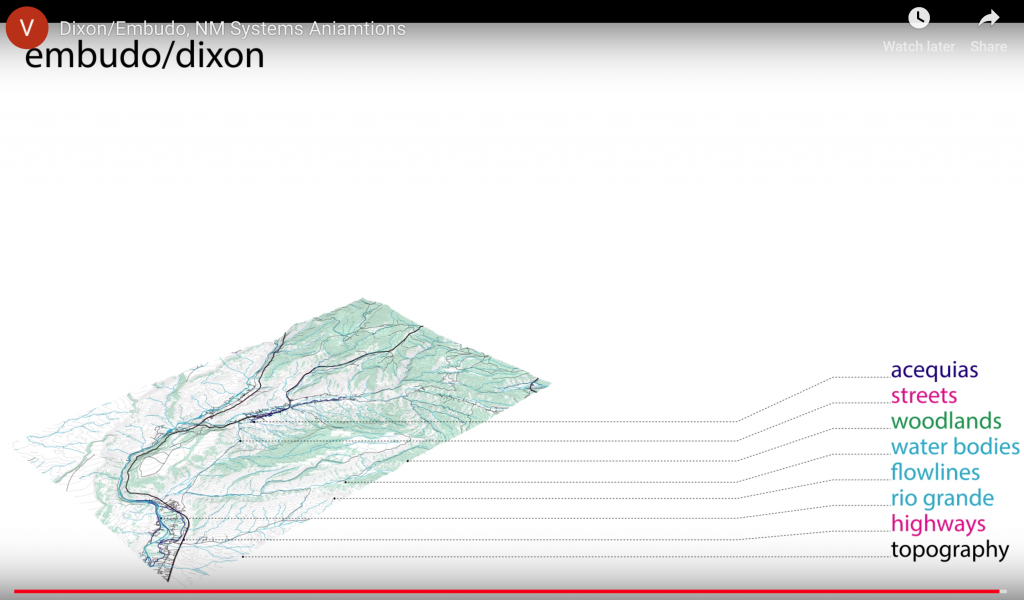
I am also drawn, however to being able to perceive place through digital maps, animations and data visualization and as we begin to conceptualize this memory project, both the literal and virtual are important. Toward these ends, today I had the opportunity to meet with Tim Castillo, Associate Dean and Associate Professor at the School of Architecture and Planning at the University of New Mexico, whose amazing work in digital technologies and innovation is well known. I am excited about the work Associate Dean Castillo has completed, layering communities like Embudo for the Virtual New Mexico Project and working to align the projects. I am equally inspired about our collaborative work in the future.
March 4th
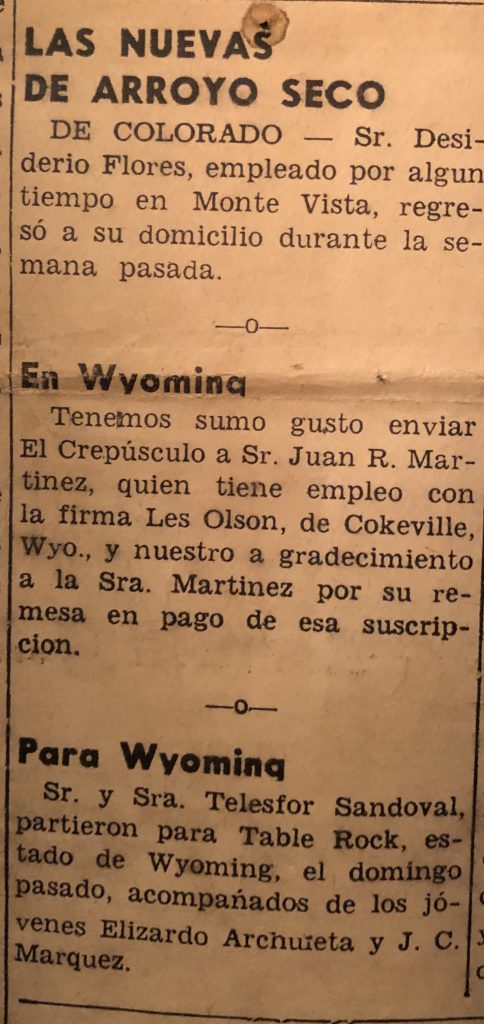
Manito Migrations: Today, in looking through my grandfather’s papers, I came upon an issue of El Crepusculo, the Spanish language paper of Taos, “Successor to The Taoseño, Taos Valley News, and La Revista de Taos.” The publication is dated, July 1950. Among the many interesting articles, are three community notices that are significant to one of the major elements of this project, the migrations of Manitos out of northern New Mexico. In each of these notices, the names of those migrants are listed with some key information. In the first, Desiderio Flores is noted as having been living in Monte Vista, Colorado, “por algun tiempo” (for some time), but had recently returned to his home in Arroyo Seco. In the second notice, gratitude is extended to Mr. and Mrs. Martinez for subscribing to the paper. Mr. Juan R. Martinez is noted as being employed by the firm, Les Olsen in Cokeville, Wyoming. In the third notice, the departure of Telesfor Sandoval for Table Rock, Wyoming is noted, along with the youth, Elizardo Archuleta and J. C. Marquez.
March 3rd

Recovering Our Stories From Fragments: Today, on a Facebook Group devoted to the families of Cerro, N.M., I noticed that my cousin, Martin Leon had shared an image of a page taken from a his grandfather’s store ledgers. The document was scripted by the hand of Jose D. Leon and credits the information to Juan Chavez of the village. It identifies the date of settlement as 1840-1846, a date that is different from one typically listed for the village (1854). As is common in many of these small communities, it notes that there were two distinct plazas (Plaza de Arriba and Plaza del Medio). It lists the names of the first settlers, 19 men and their primary occupation; most are listed as “borregueros,” sheep-herders. Among these men is my own great, great, great grandfather, Nestor Martinez, whose family had migrated from the Embudo Valley, south of Taos. I am always mindful of the fact that these type of lists almost always leave out the names of the the women and this list is no different. Other than that omission, I love discovering these small treasures; they function as fragments critical to the recovery of these community histories, particularly for small villages like this one, where so little seems to have been documented. Those facts are often contained in-between the pages of bibles, journals and ledgers like this one, still being held by someone in the village and when this was recorded with paper and pen, it was held in the memory of someone who could still remember.
March 2nd
I was able to join Jennifer Villela on Santa Fe’s KTRC’s Coffee and Culture to talk about the Manitos Community Memory Project. The conversation can be heard here.
March 1st

Collaboration: Today, the core team of heritage keepers gathered in Alcalde, New Mexico at the Northern Rio Grande National Heritage Area Center. We were invited to meet here by Executive Director Tom Romero, who along with Leland Chapin, the Heritage Center’s curator and media coordinator, received the group warmly. Tom spoke about the mission of the Northern Rio Grande National Heritage Are, which is to sustain the communities, heritages, languages, cultures, traditions, and environment of Northern New Mexico through partnerships, education and interpretation. In this gesture of providing space, he ended his remarks by noting how excited he was to forge this collaboration. Indeed, this is precisely the core value at the heart of this work. As I reflected on this in my own welcoming, I stated, ‘bien dice el dicho, que una mano no se lavo solo,’ a saying that loosely translated recognizes the synergy of working in partnership. This work of connecting the past to the present and the present to the future, is the work of many people.
February 28th
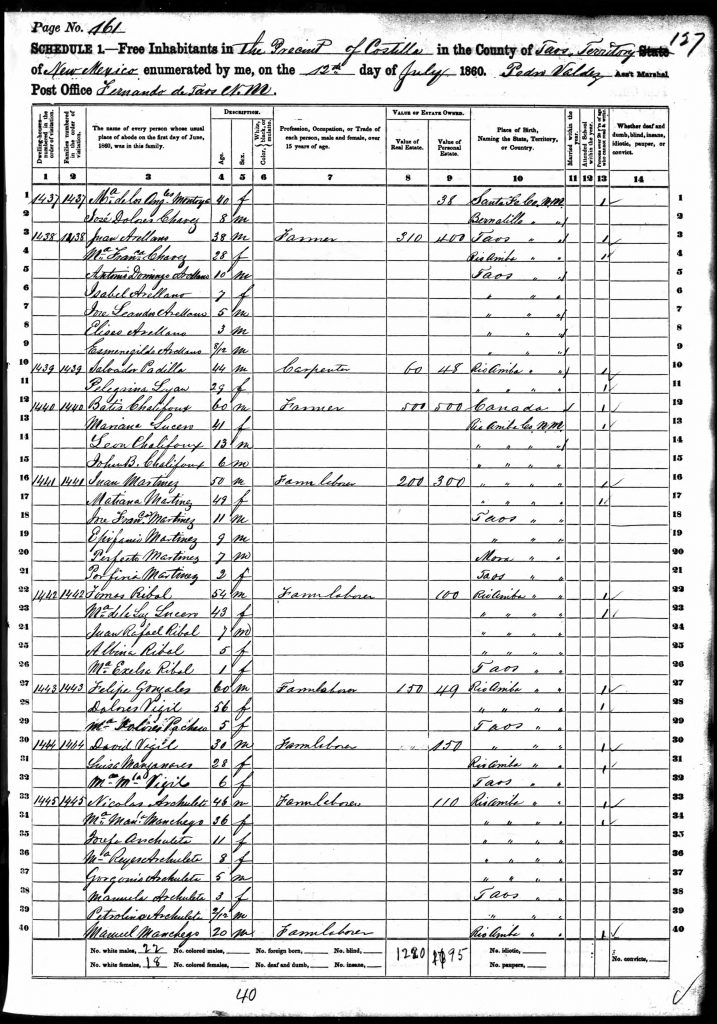
Finding Family in Census: In a social media post made today by the National Archives, they highlighted an image of Alex Haley looking at the North Carolina census during his 1977 visit to the National Archives. He was there, trying to locate his family history. By finding those census records, he was able to confirm the details he had heard through family oral histories, launching him onto a 13-year journey to find his family’s origins in African. From this research, he would eventually publish the book Roots: The Saga of an American Family in 1976. Inspired by the same book, I found myself on a parallel journey that led to the writing of my dissertation, which has been a life-long project for me. These journeys of discovery, however, often begin by listening to the oral histories in our families, which is so important a part of recovery of who we are. As a next step, there is also a certain magic that happens when we discover our ancestors in records like the U.S. Census.
February 27th
Part of a National Movement: Prior to the launch of our initiative, I attended a symposium in September in New Orleans, Architecting Sustainable Futures: Exploring Funding Models in Community-Based Archives. The gathering served as an opportunity to assemble organizations that are at the forefront of serving to document the lives or marginalized people and communities across the county. Revolving around the goal of building and sustaining community-based archives, the symposium provided attendees the space to discuss the challenges and opportunities, including self-sufficiency and sustainable funding. The Report that came out of this gathering includes details about the findings and recommendations. I wanted to share this, because our work, in the Manitos Borderlands, is part of a larger national movement to ensure that the experiences and histories of everyday people are valued and are meaningful.

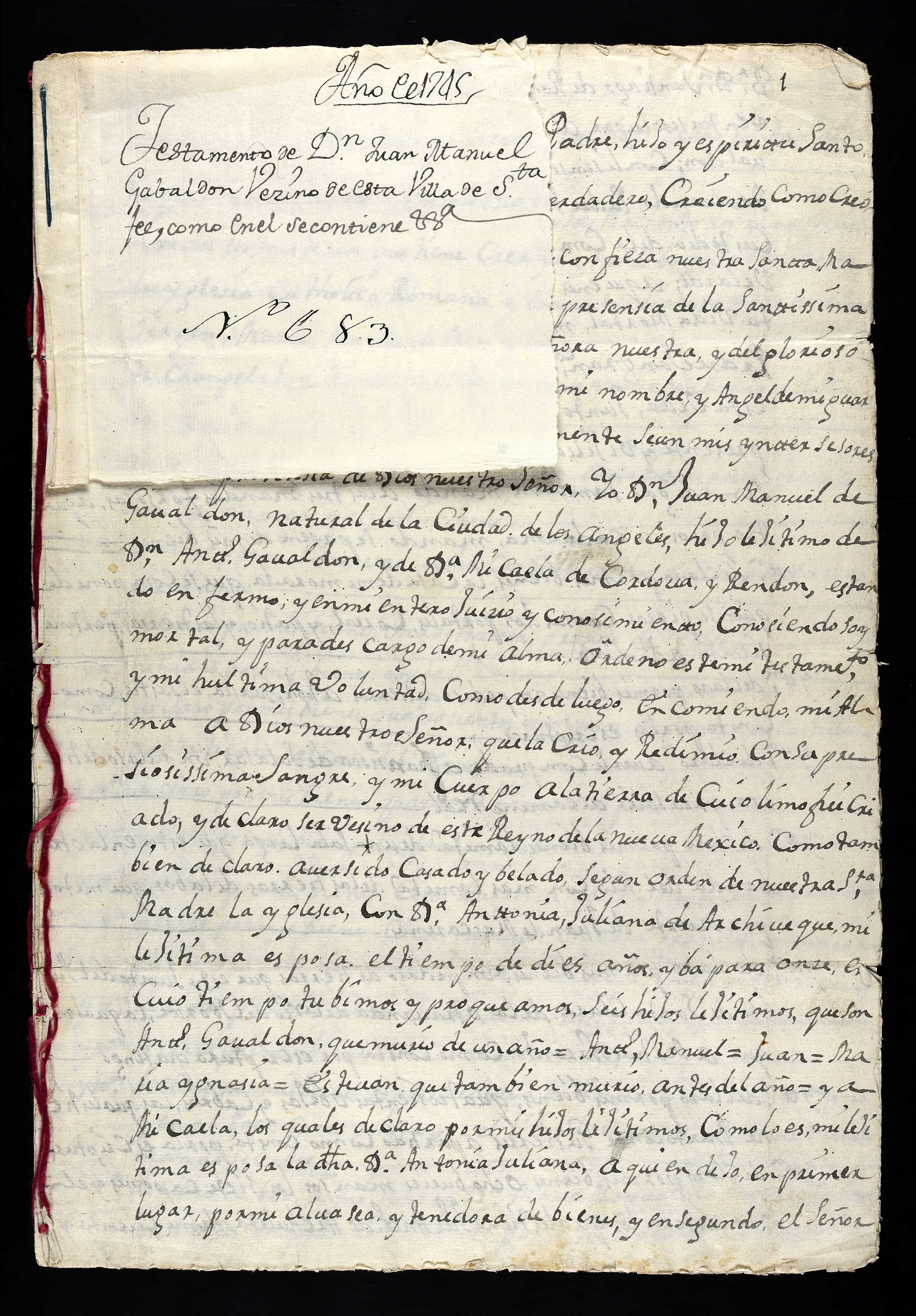
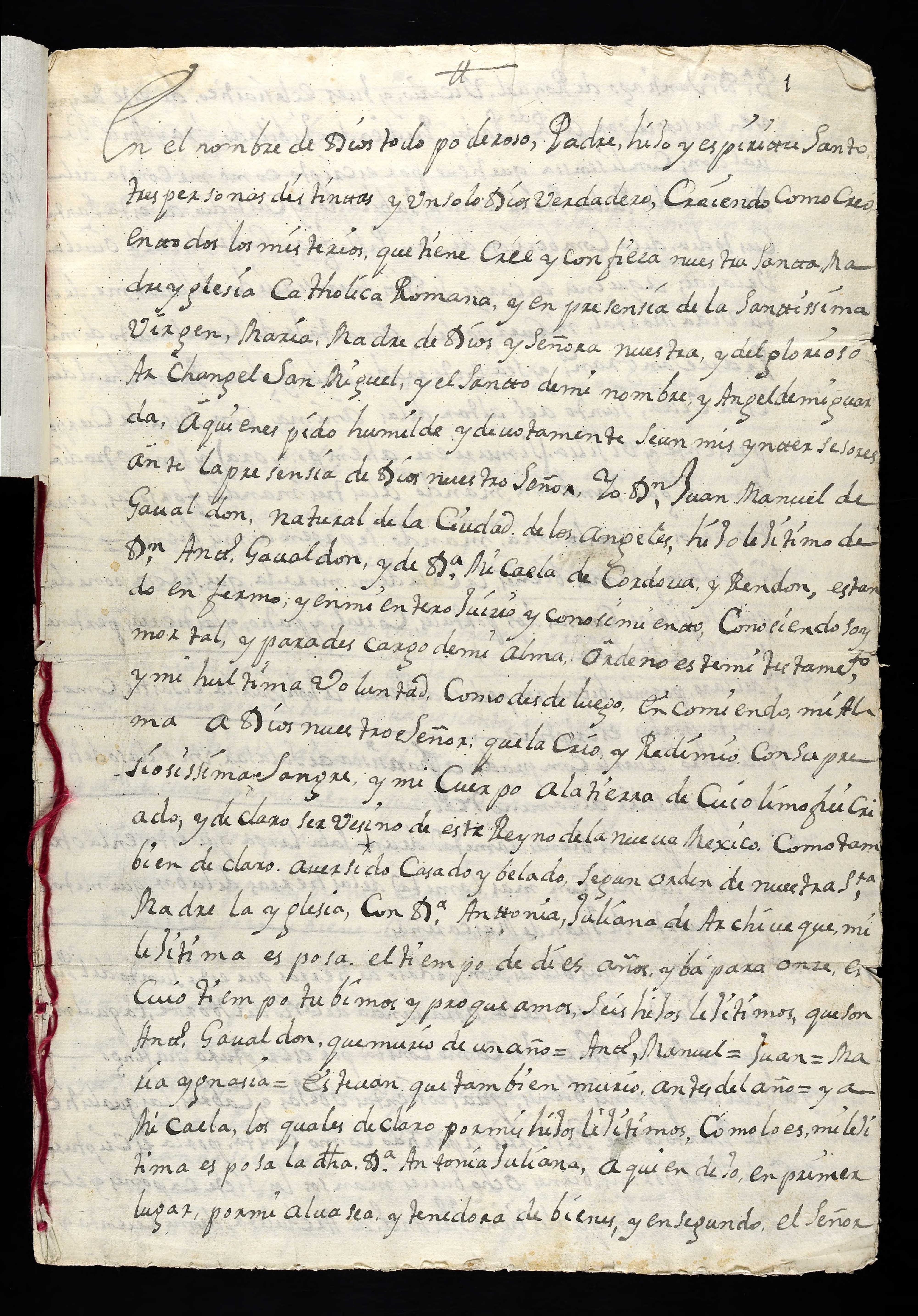
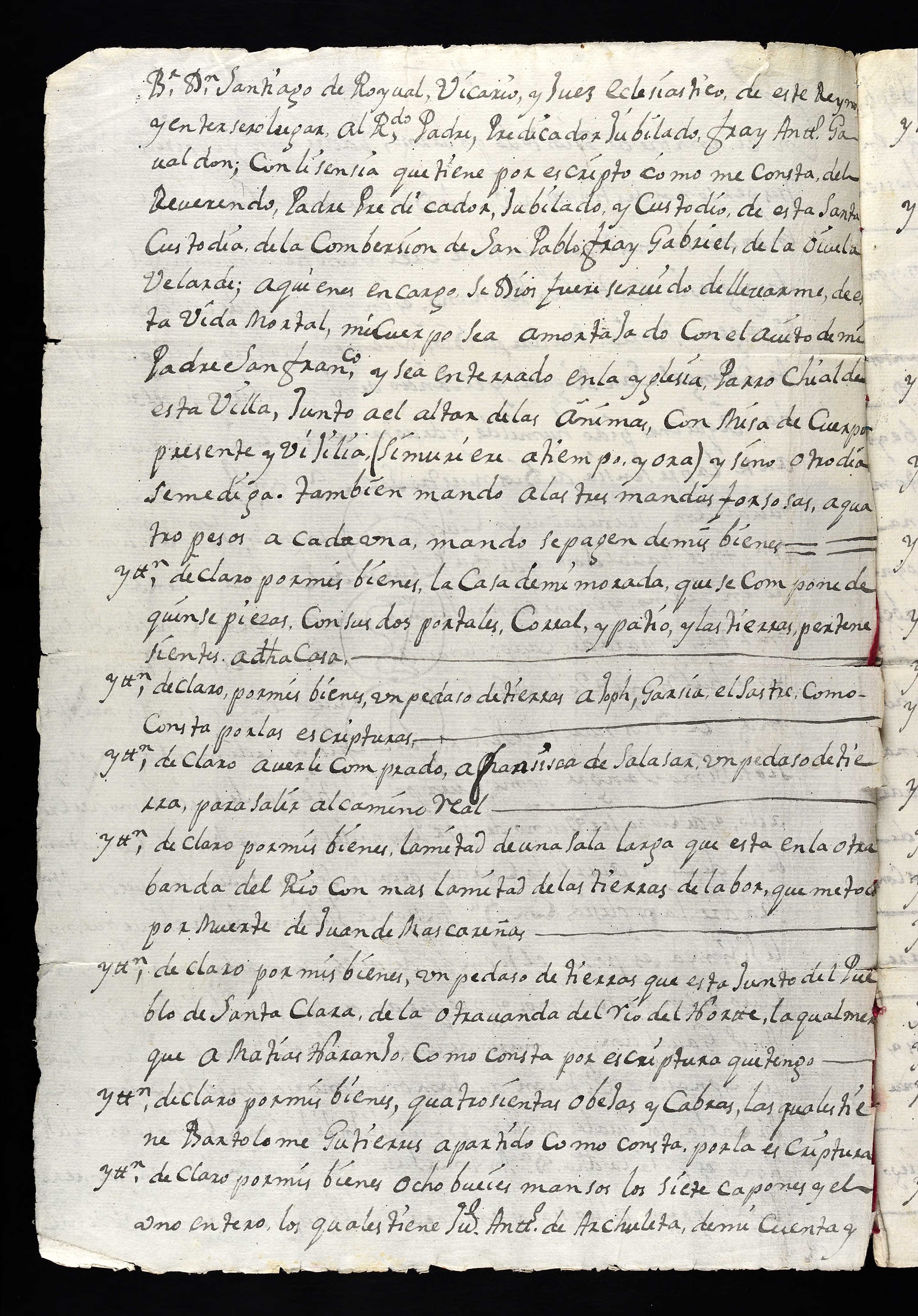


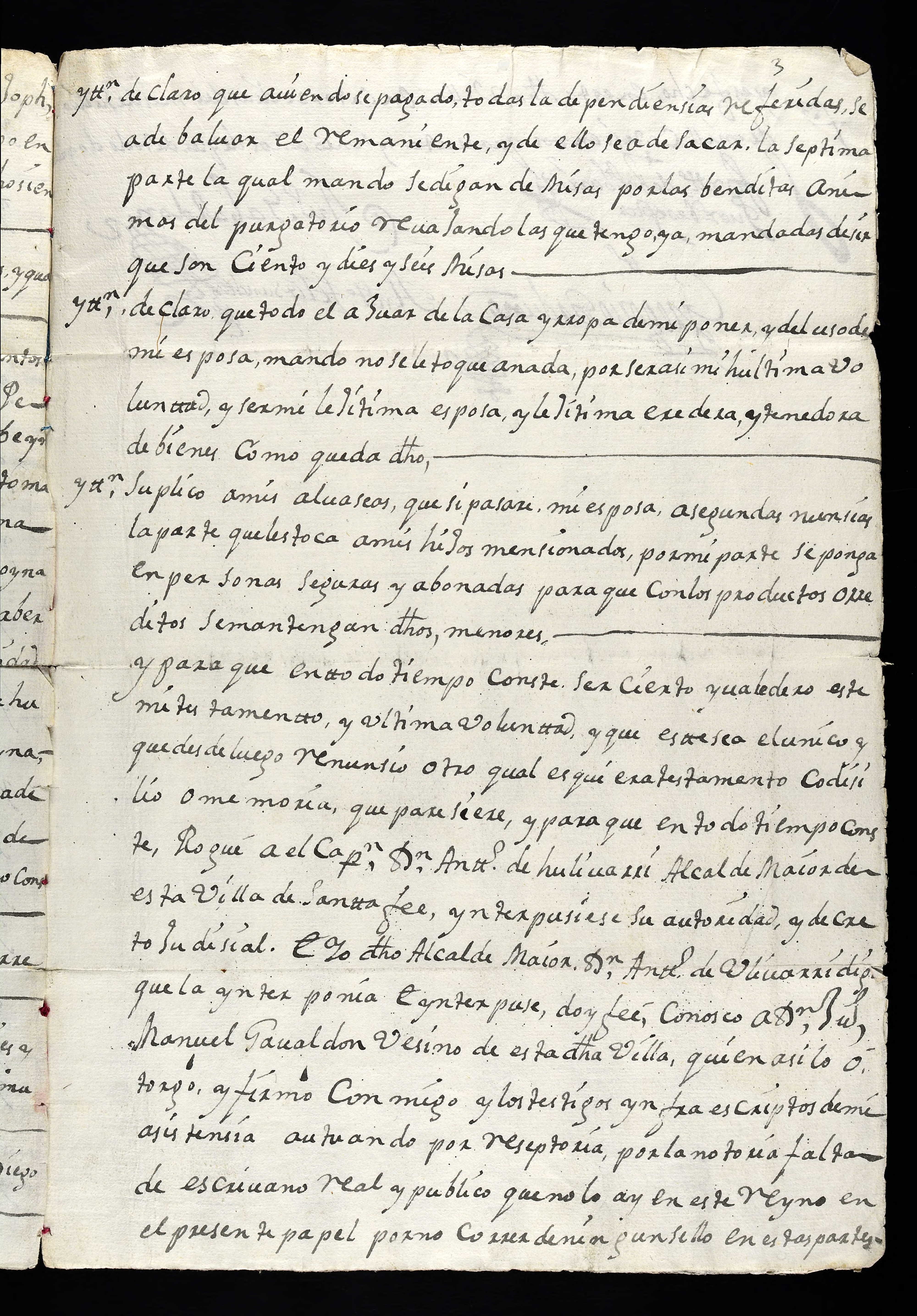
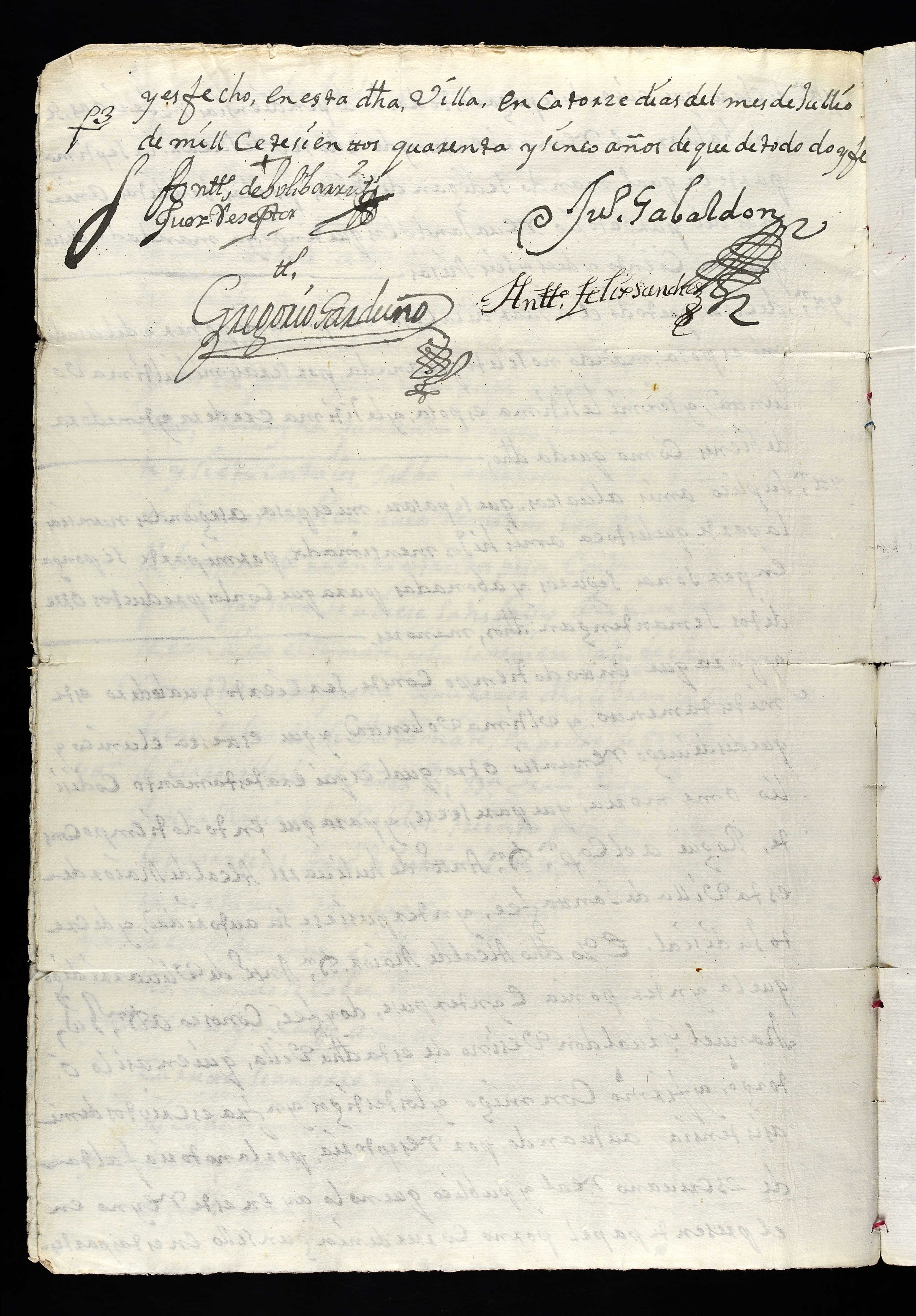
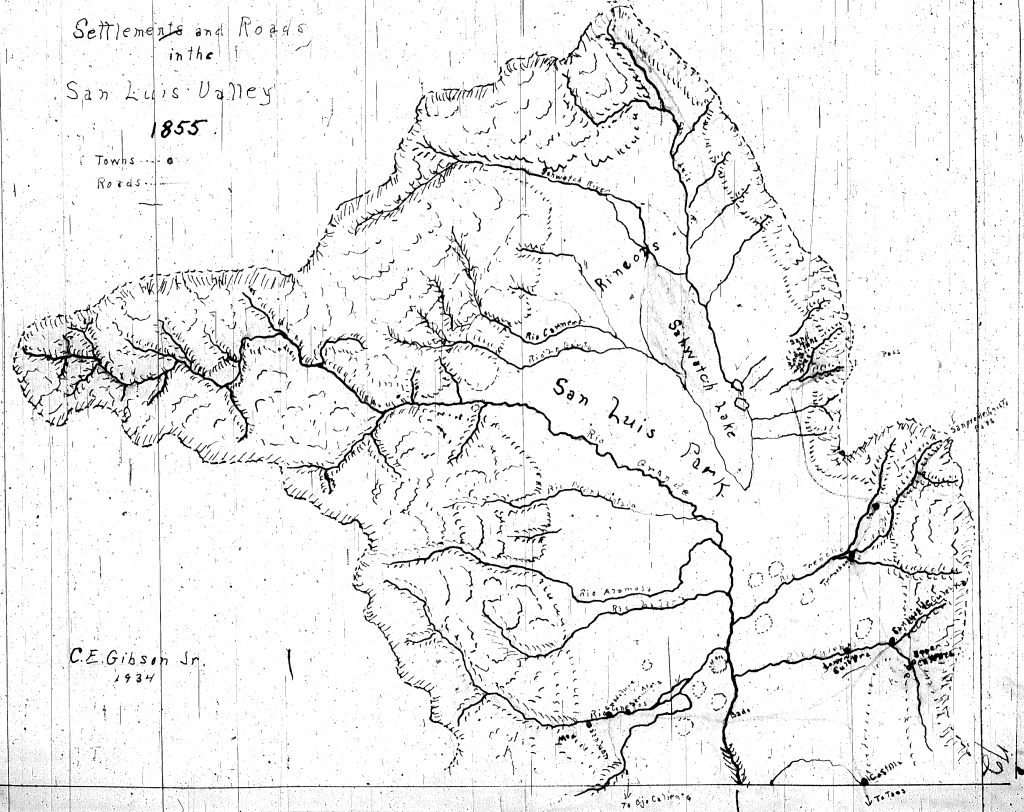
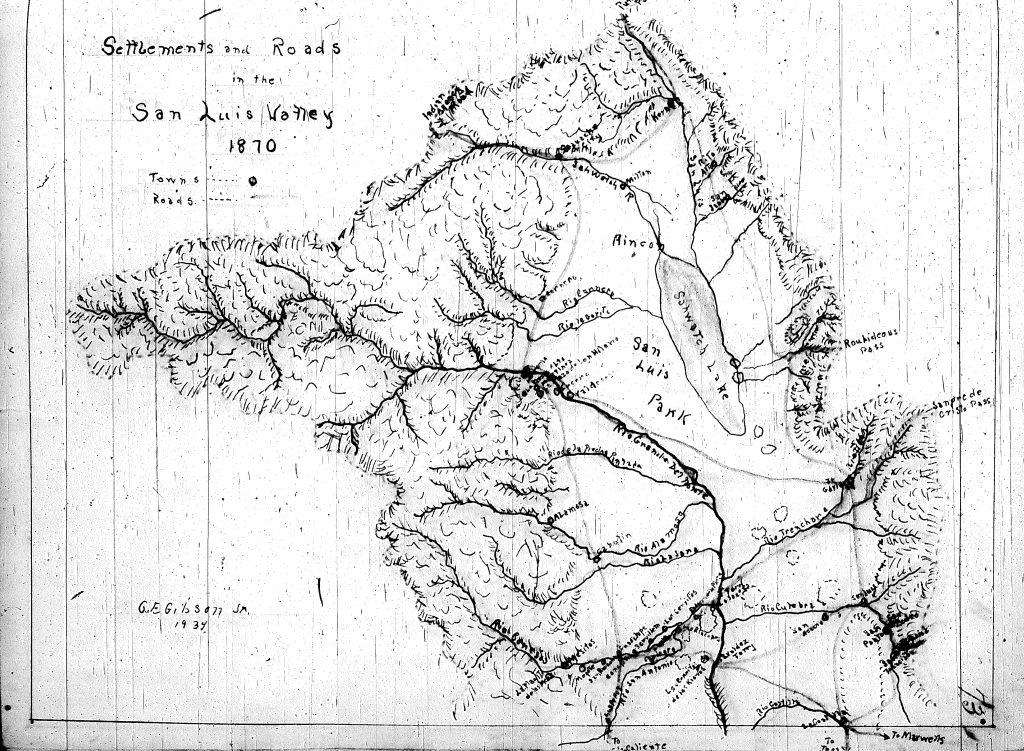
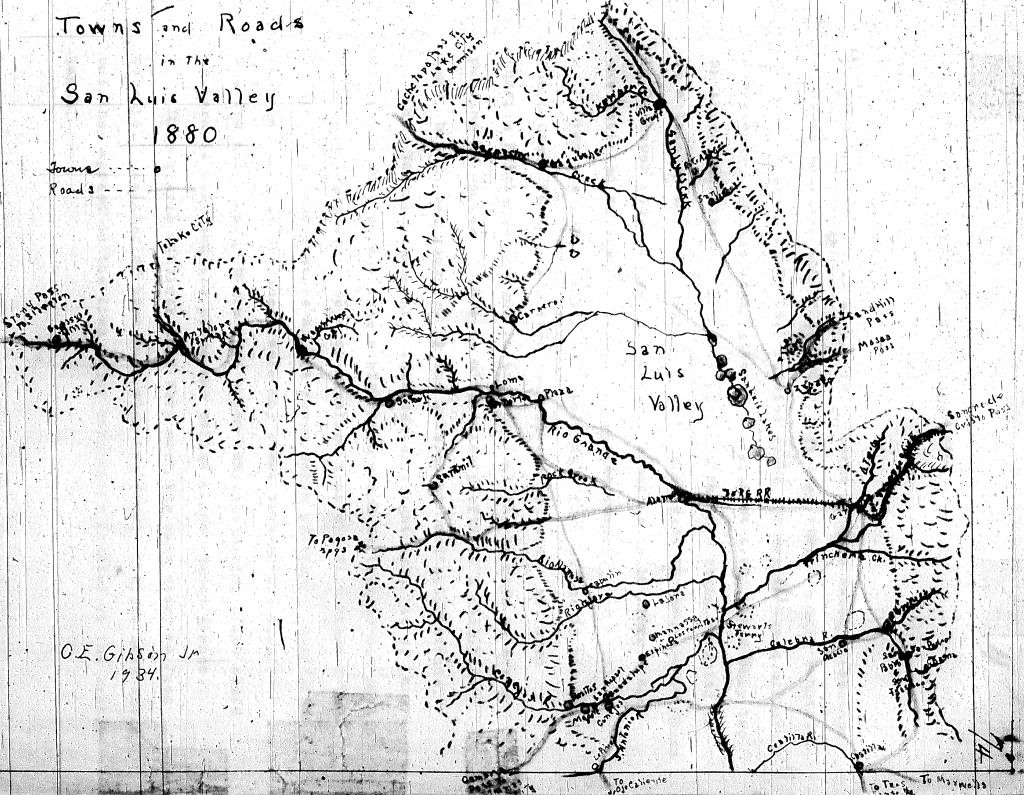
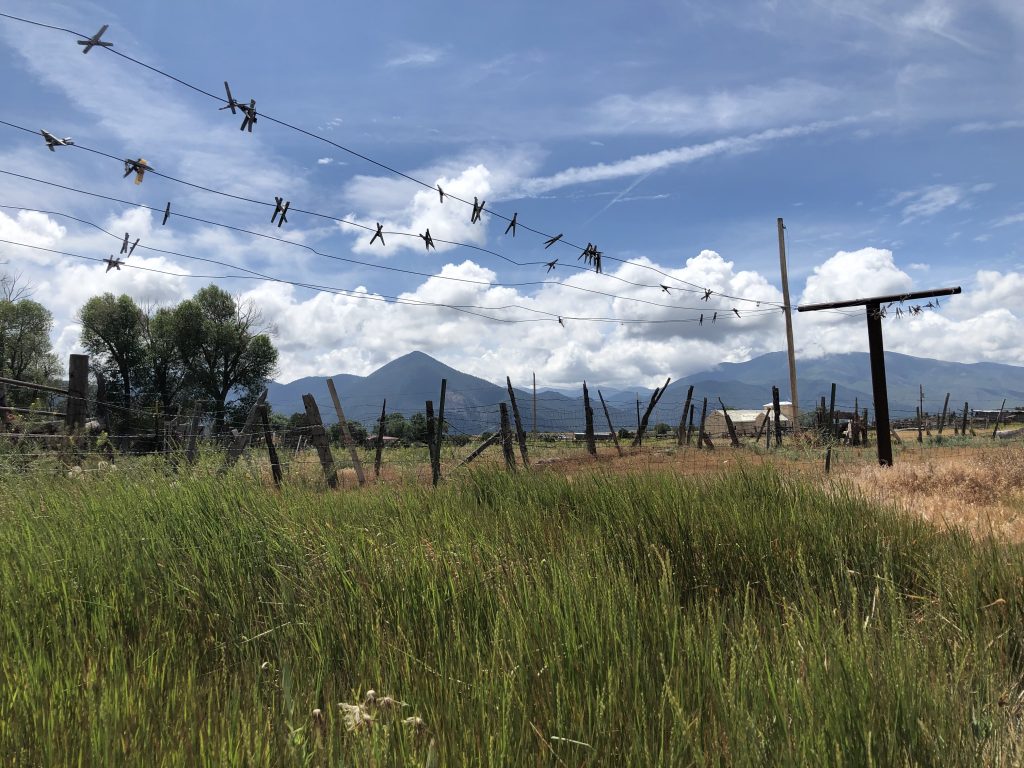
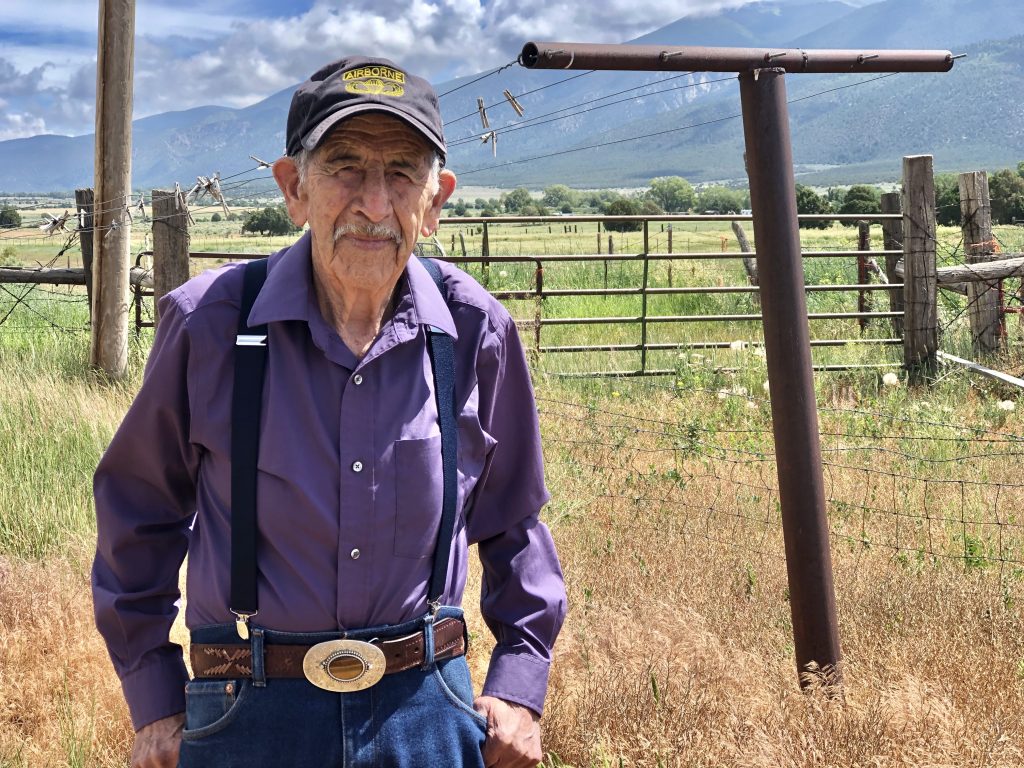
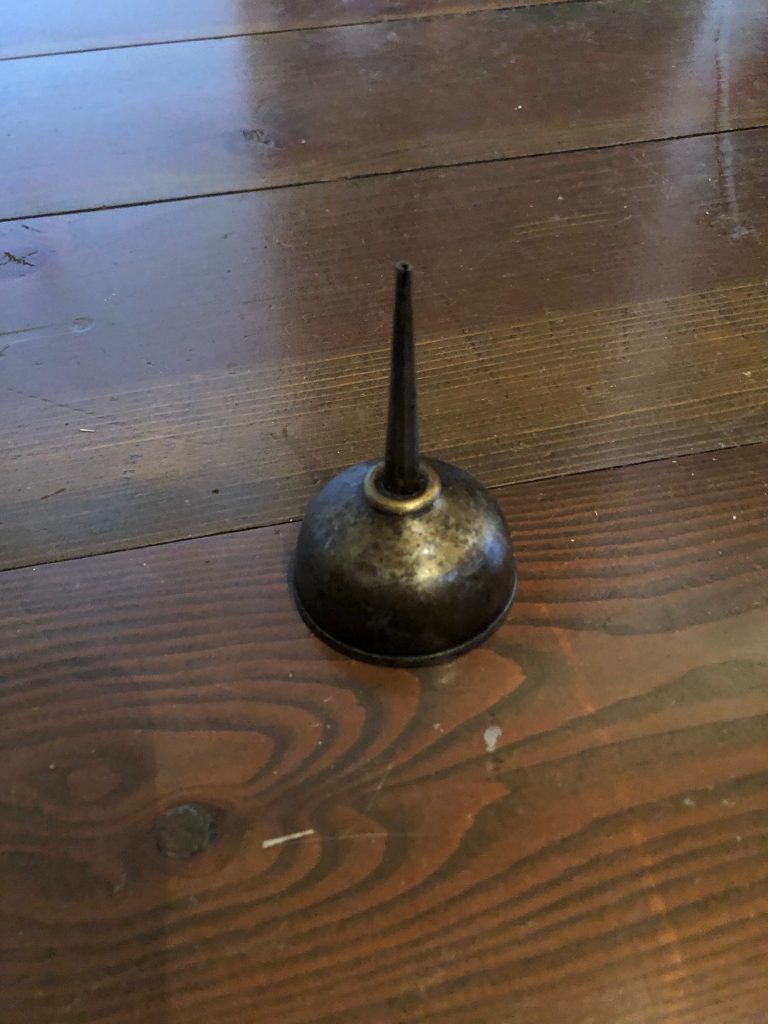
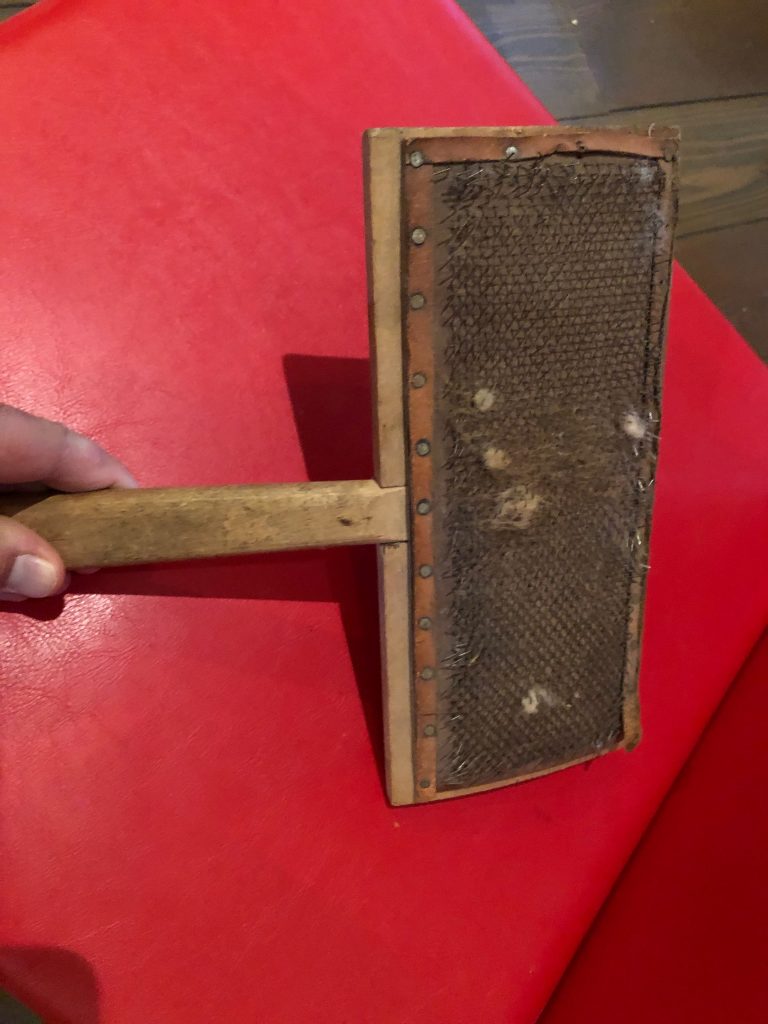
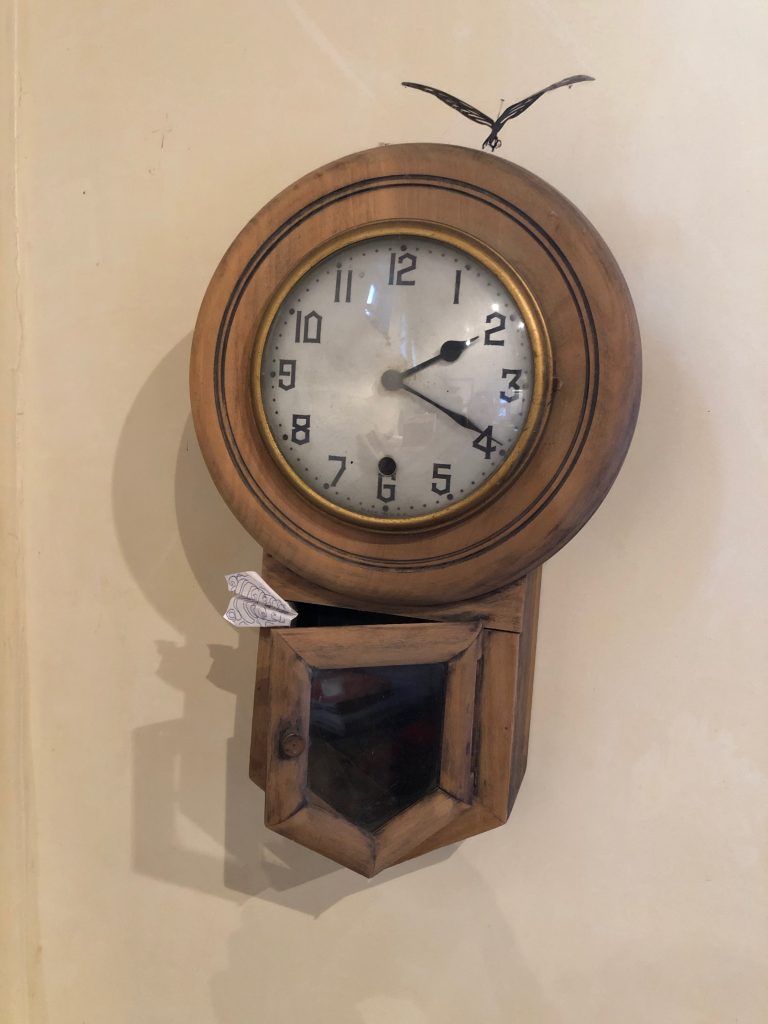

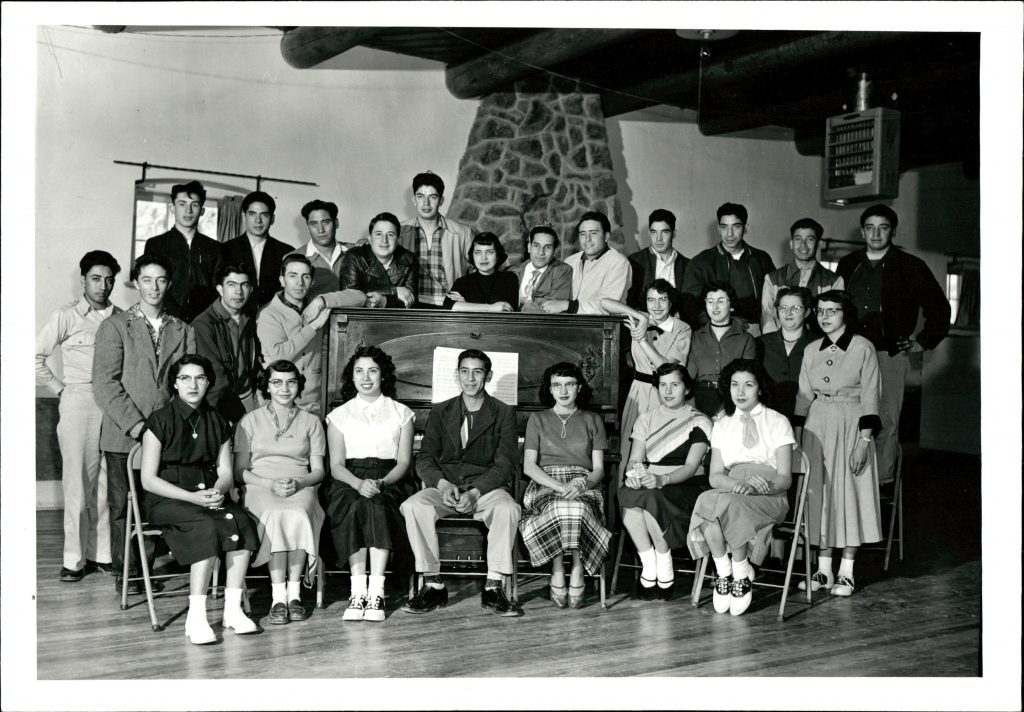
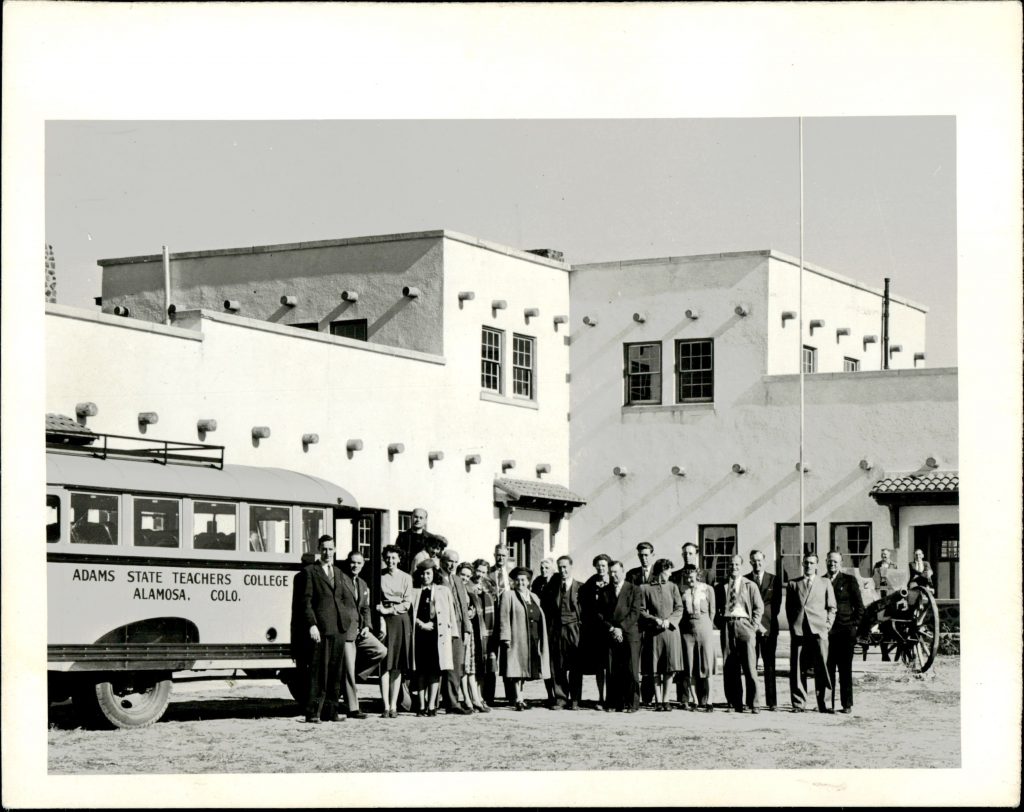
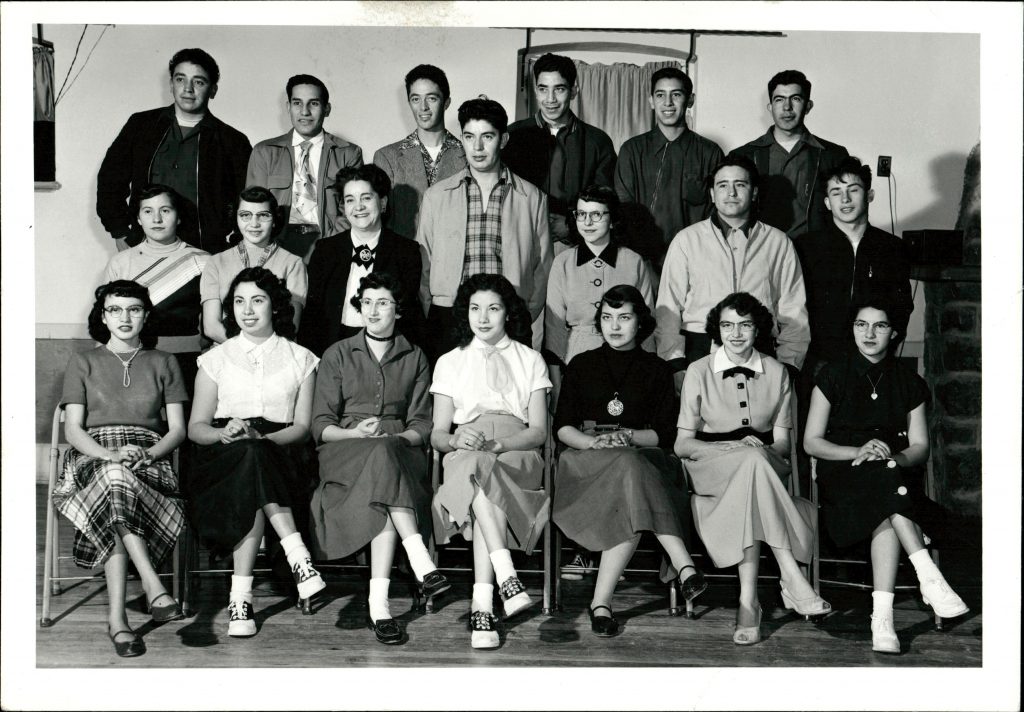
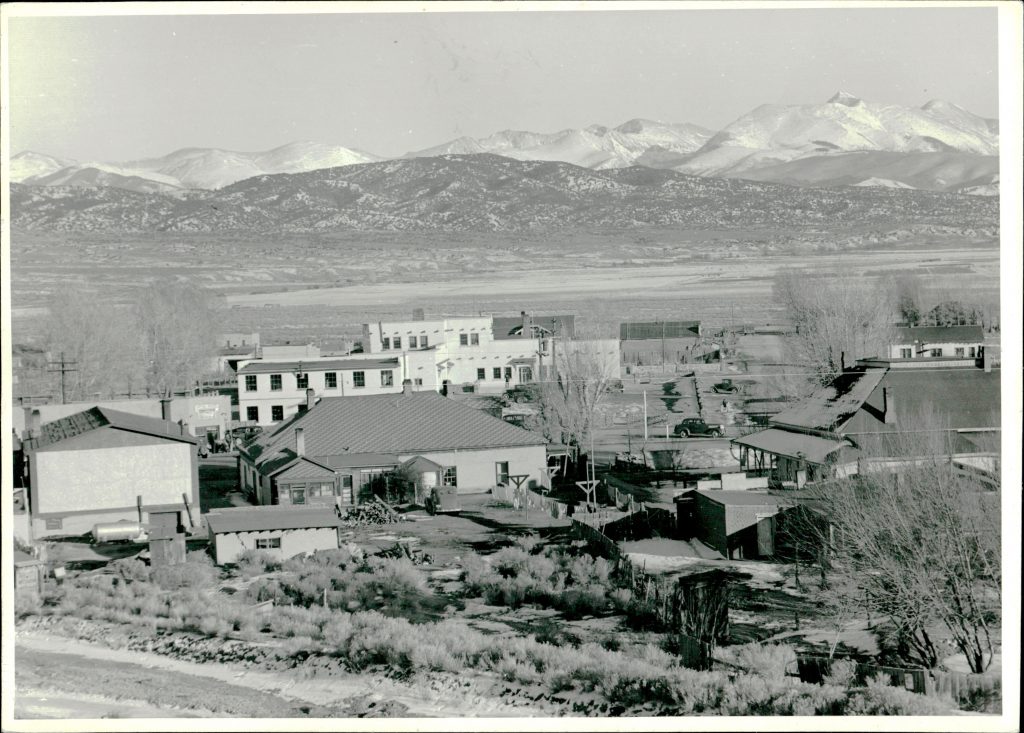
2 thoughts on “The Director’s Journal”
chas.gabaldon3@gmail.com
Juan manuel was my great (6x) grandfather. interesting will